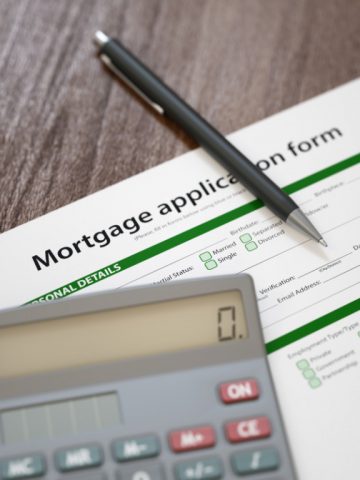Mortgage Approvals were Down in February, Reports the BBA
The latest high street banking statistics from the British Bankers’ Association (BBA) show that mortgage approvals were down in February.

Mortgage Approvals were Down in February, Reports the BBA
However, the figures also show that household borrowing of £13.4 billion in February was 4.6% higher than in the same month last year.
The data found that consumer credit is also growing, at an annual rate of 6.6%.
Gross mortgage borrowing of £13.4 billion in February was 4.6% higher than in the same month last year. After allowing for repayments, February’s net mortgage borrowing was 2.5% higher than in February 2016.
Nonetheless, house purchase approval numbers of 42,613 were 4.6% lower than in February last year and 3.5% lower than in January 2017, but still above the 2016 monthly average of 41,287.
Remortgaging approvals stood at 25,414 in February – much lower than January’s figures and a slight drop on the 2016 average of 25,987.
Other advances were 4.8% higher than a year ago.
The BBA also reports that business borrowing continues to be subdued, growing by just 0.9% annually.
The Managing Director for Retail Banking at the BBA, Eric Leenders, says: “Elevated approval volumes for house purchases and remortgaging experienced during the winter months fell back in February, to average levels seen throughout most of last year. Consumers’ use of credit cards and personal loans reflect last month’s increased spending figures.
“Businesses continue to exercise a cautious approach to borrowing, using cash reserves and alternative lending sources to finance their operations.”
Will mortgage lending continue to decline over the rest of this year, or will it pick up as the property market hits the spring rush?
We will keep you updated on all aspects of the property market at LandlordNews.co.uk and through our handy monthly newsletter, which you can sign up for free at www.34.207.192.121/register.
Don’t miss out on the latest updates!








